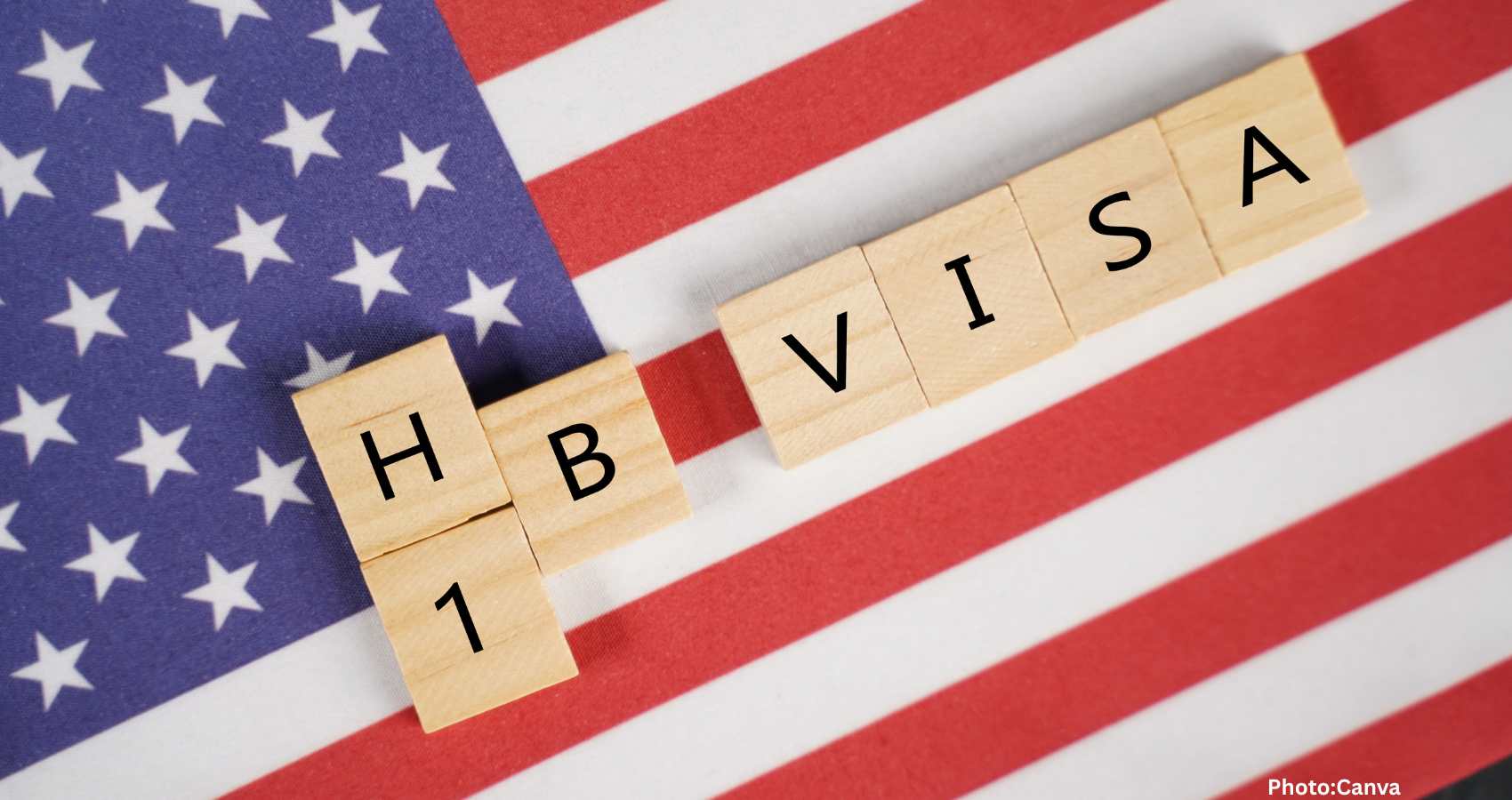As hurdles for H-1B and student visas grow, Indian citizens increasingly turn to U.S. investment visas, notably the EB-5, as a pathway to permanent residency.
The EB-5 visa program is attracting unprecedented interest from Indian citizens amid tightening immigration policies under the Trump administration. As details remain scarce about the forthcoming Gold Card visa, which was announced by President Donald Trump in February, the existing EB-5 visa — aimed at immigrant investors — has seen a surge in applications from India, reaching all-time highs, according to recent data.
The American Immigrant Investor Alliance (AIIA) reports a significant increase in demand for the EB-5 visa from Indian applicants starting in April 2024. This spike is attributed to stricter controls on student and temporary work visas. The United States Immigration Fund (USIF), which manages several EB-5 regional centers, corroborates these findings. Nicholas Mastroianni III, president and CMO of USIF, noted that in the first four months of the fiscal year 2025, Indian applicants filed over 1,200 I-526E petitions, exceeding the figures for any previous full year.
Experts link the rising interest in the EB-5 program to extensive backlogs in other immigration categories, such as the H-1B visa and green cards, with more than 11 million U.S. immigration applications currently pending. This context has positioned the EB-5 visa as one of the fastest and most reliable routes to achieving permanent U.S. residency.
The city of Mumbai is at the forefront of this surge, with data from Invest In the USA (IIUSA) reporting that 1,428 EB-5 visas were issued to Indians in FY2024, up from 815 in FY2023. The majority of these applications were processed through the U.S. consulate in Mumbai. Over the period from October 2024 to May 2025, 543 out of 638 unreserved consular processing applicants used the Mumbai consulate.
Approval rates for Indian applicants have shown a positive trajectory over the years. As per Ravneit Kaur Brar, an attorney-at-law based in California, the approval rate rose from 59% in FY2022 to 82% in FY2024. Projects in rural areas typically take between eight to 24 months to process, while those in high-unemployment areas may take from 12 to 30 months.
Mastroianni noted a significant uptick in interest following the Gold Card announcement, suggesting that uncertainty regarding future visa programs, alongside more stringent regulations on traditional student and work visa paths, has prompted many Indian investors to pursue the EB-5 visa sooner rather than later. “We are witnessing one of the most promising surges in EB-5 interest from Indian families in recent history,” said Mastroianni. He emphasized that this rise in demand is coupled with a growing sense of determination among applicants. “With the spectre of visa retrogression looming and the current ability to file concurrently from within the U.S., families are prioritizing stability, permanence, and long-term security. EB-5 is no longer seen as an alternative — it has become the preferred strategy.”
According to Financial Express, these trends indicate a shifting landscape in immigration preferences and strategies, particularly among Indian citizens seeking greater reliability and security in their residency plans.

